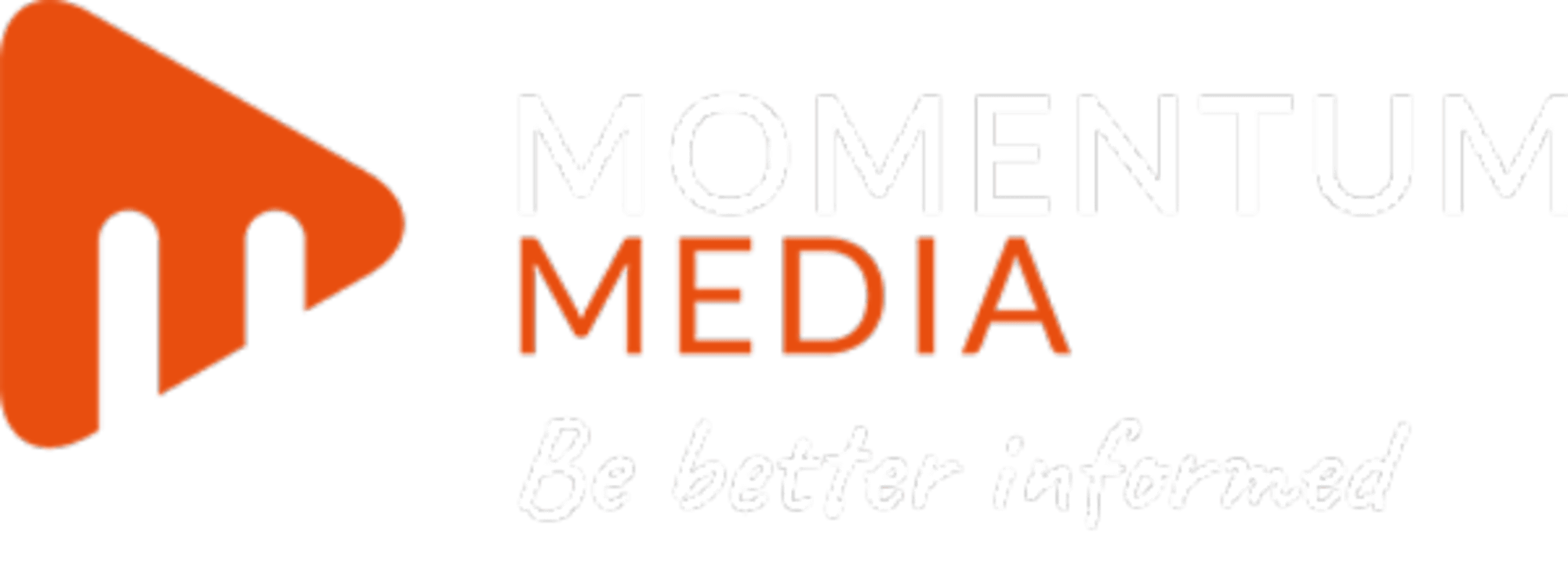
While physical safety hazards have long been a focus of workplace assessments, psychosocial hazards – factors that impact mental health and wellbeing – have gained significant attention in recent years. There is still work to be done in systemically acknowledging psychosocial hazards in the workplace.
Psychosocial hazards refer to the factors in the workplace that have the potential to affect employees’ mental, emotional and physical wellbeing. These hazards arise from the interaction between work conditions, organisational factors, and the individual. They can impact an employee’s psychological health, physical health, social relationships, and overall quality of life.
These issues matter to a business’s overall performance. The Productivity Commission estimates that mental health costs the Australian economy between $10 billion and $18 billion in lost productivity and reduced participation, and claims related to work demands have increased by 18 per cent over the last three years.
So what can be done? Here are five tips to spot psychosocial hazards in the workplace:
1. Conduct a thorough workplace assessment
Start by reviewing existing policies, procedures, and documentation related to health and safety, including any previous risk assessments. Critically, as part of the review, make sure to analyse work processes, tasks, and job demands to identify potential stressors or factors that may impact employees’ psychological wellbeing.
2. Engage with employees
It’s important to involve employees in the process by using surveys, interviews, focus groups, or anonymous reporting mechanisms to really understand what working in the organisation is like. Encourage open and honest communication to gather insights into employees’ experiences, concerns, and perceptions of psychosocial hazards in the workplace. During this step, pay attention to any signs or symptoms of stress, fatigue, burnout, or interpersonal conflicts reported by employees.
A good resource for this step is Culture Amp’s Psychosocial Health survey template, which has been designed to help identify psychosocial hazards in your organisation.
3. Review incident reports and data
Once you’ve collated employee feedback, the next step is to examine incident reports, near misses, workers’ compensation claims, and other relevant records to identify patterns or trends related to psychosocial hazards. During this process, make sure to also analyse absenteeism rates, turnover data, and exit interview feedback to understand if psychosocial factors contribute to these trends.
4. Assess the psychosocial work environment
Then it’s about thinking more broadly about the roles and responsibilities in the business. Evaluate the psychosocial aspects of the work environment (e.g., level of job control and job clarity, support from supervisors and colleagues, opportunities for growth and development, etc.). Consider factors such as workload, deadlines, role clarity, workplace relationships, bullying, harassment, and discrimination and make sure to observe interactions and behaviours in the workplace, including communication styles, conflicts, and the overall atmosphere.
5. Continuously monitor and review
Finally, this process is an ongoing stream of work. Regularly review and update your identification processes to ensure ongoing effectiveness and stay informed about emerging psychosocial hazards and keep up to date with industry research, best practices, and legislative changes.
To keep up best practice, it’s important to encourage a culture of reporting and open communication, where employees feel comfortable raising concerns about psychosocial hazards.
Identifying psychosocial hazards and risks requires a comprehensive and multidimensional approach. By combining employee input, data analysis, and workplace assessment, you can better understand the specific psychosocial hazards present in your workplace and take proactive measures to mitigate their impact on employee wellbeing.
By Gavin Morse, senior people scientist at Culture Amp










